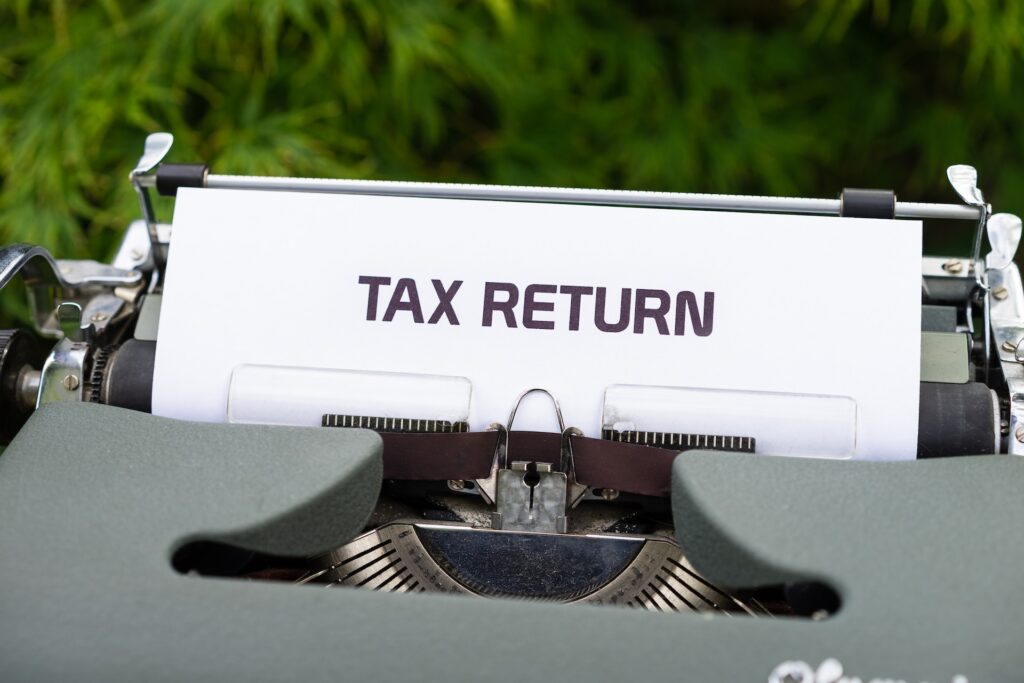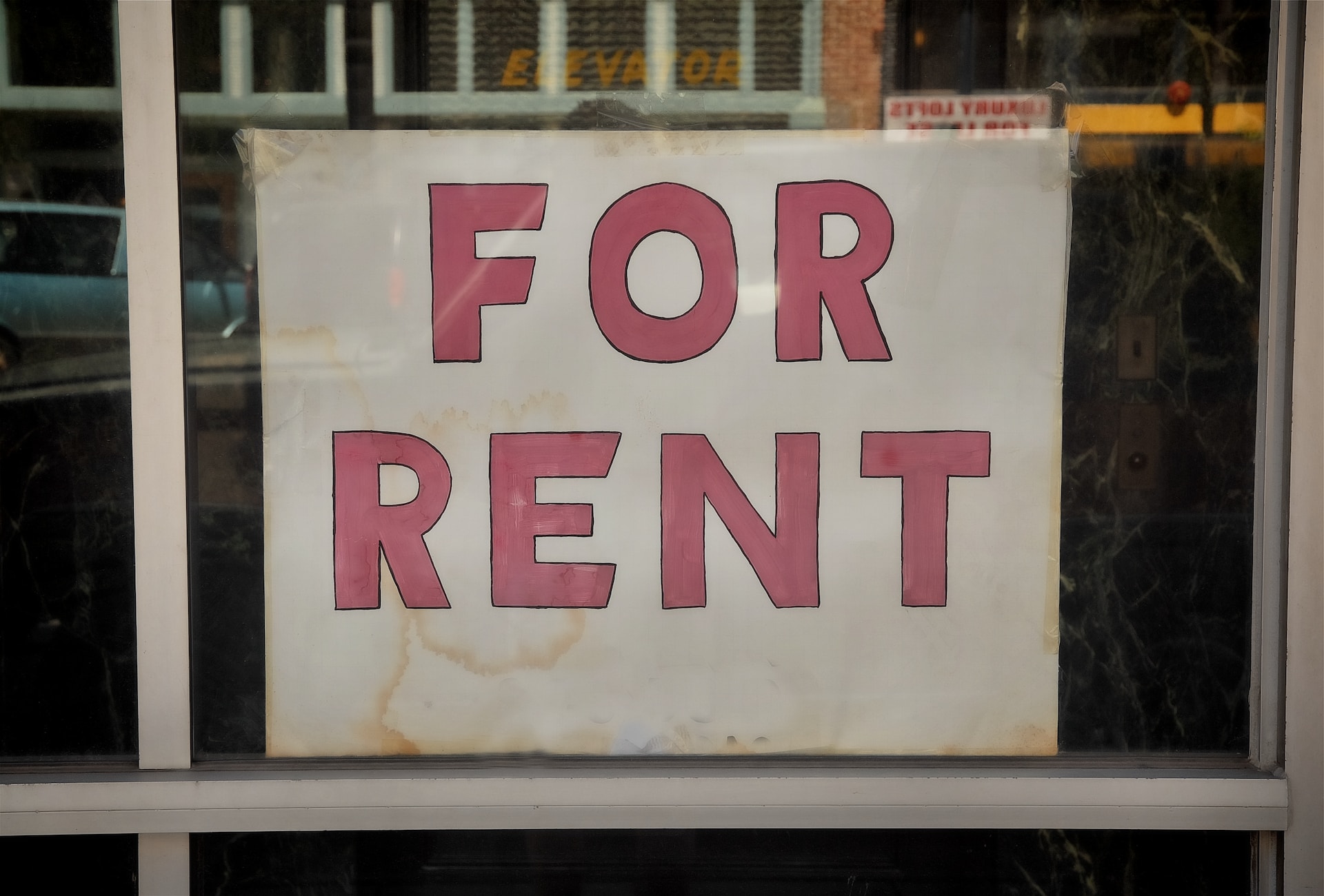If you’re a landlord or property manager, you know that every day your rental sits vacant is a day of lost income. But have you ever calculated exactly how many days your property is actively generating revenue?
Let’s say you had tenants occupying your property for 217 days last year, while it was available for rent all 365 days. Those 217 days are your “fair rental days”—a critical metric that goes beyond just tracking availability.
Understanding and optimizing your fair rental days can directly impact your rental income, affect your tax deductions, and reveal how well your property is really performing in the market.
In this post, we’ll break down exactly what fair rental days are, why they matter, and how you can use this knowledge to make smarter decisions for your rental business.
Key Takeaways
- Fair rental days represent the actual number of days your property is occupied by tenants, not just available for rent.
- Maximizing fair rental days boosts your rental income and can improve your property’s performance metrics.
- The number of fair rental days plays a significant role in determining your tax obligations and allowable deductions.
Defining Fair Rental Days
When you’re a landlord, every day counts. But some days count more than others, and those are what we call ‘fair rental days.’ So, what exactly does this term mean?
Fair rental days refer to the number of days in a year that your property is actually rented out to tenants. It’s not just about availability; it’s about occupancy. This means that even if your property is available for rent 365 days a year, the number of fair rental days might be significantly less.
You might be wondering about the difference between fair rental days and total days available for rent. Let’s break that down.
Total days available for rent is quite straightforward. It refers to the total number of days in a year when your property is ready and available for tenants. This could be all year round or only for certain months, depending on the nature of your rental business.
Fair rental days, on the other hand, is a more specific measure. It only includes the days when your property is not just available, but actually occupied by a tenant. It’s a reflection of your property’s performance and can provide valuable insights into how well your rental business is doing.
Why is this distinction important? Because it impacts everything from your income to your taxes. More fair rental days generally means more rental income. And it also influences your tax obligations as different rules apply depending on the number of fair rental days.
So, understanding and keeping track of your fair rental days is crucial for effective business management. It helps you gauge the success of your rental business, identify areas for improvement, and make informed decisions that maximize your profit.
Why Fair Rental Days Are Important in Real Estate

Understanding the concept of fair rental days can be a game-changer in the world of real estate. But why exactly are they so crucial? Let’s discuss the key reasons.
Impact on Rental Income
First and foremost, fair rental days directly affect your rental income. The more days your property is occupied by a tenant, the higher your rental income, and the more your property might appraise for. If your property has 300 fair rental days in a year, that’s 300 days of rent flowing into your account. If it’s only rented out for 200 days, your income takes a substantial hit. So, keeping track of your fair rental days is key to maximizing your revenue.
Assessing Property Performance
Fair rental days also play a pivotal role in assessing your property’s performance. By comparing the number of fair rental days to the total days available for rent, you can gauge how well your property is performing in the rental market. A high ratio of fair rental days to total days indicates that your property is in high demand and rarely sits vacant, which has a positive effect on your property price. Conversely, a low ratio might signal that it’s time to reassess your marketing strategy or consider property improvements to attract more tenants.
Fair Rental Days and Tax Obligations
Last but not least, fair rental days have significant tax implications. Tax laws often differentiate between properties rented out for a significant portion of the year and those that are not. The number of fair rental days can determine which category your property falls into and what expenses you can deduct.
For instance, if you rent out a property for only a few days a year, it might be considered a personal residence for tax purposes, limiting your deductible expenses. On the other hand, a property with a high number of fair rental days may be classified as a rental property, potentially allowing for a wider range of deductions.
How To Calculate Fair Rental Days
Let’s say you have a property that is available for rent all year round, which means it has 365 total days available for rent. Out of these, let’s assume tenants occupied the property for 250 days. These 250 days are your fair rental days. The remaining 115 days might be when the property was vacant between tenants or undergoing maintenance or renovations.
Even though your property was ‘available’ for these 115 days, they don’t count as fair rental days because there wasn’t a tenant living in the property. This example underscores the importance of distinguishing between total days available for rent and fair rental days in evaluating your property’s performance and planning your business strategy.
Strategies To Maximize Occupancy
Maximizing occupancy is the ultimate goal for any landlord, as it directly translates into more fair rental days and higher income. Two key factors play a vital role in achieving this: effective marketing and tenant retention. Let’s explore these aspects and some practical strategies to reduce vacancy periods.
The Power of Marketing and Tenant Retention
The better your marketing strategies, the shorter your property’s vacancy periods are likely to be. On the other hand, tenant retention focuses on keeping your current tenants happy so they continue to rent your property, reducing the frequency of vacancies.
Both these aspects are crucial for increasing fair rental days. Now, let’s dive into some actionable tips and strategies to maximize occupancy.
Tips and Strategies to Reduce Vacancy Periods
- Enhance Your Online Presence: In today’s digital age, most potential tenants start their property search online. Therefore, having a strong online presence is crucial. Make sure your listings are on popular rental websites and are complete with high-quality photos, detailed descriptions, and all necessary information about the property.
- Responsive Communication: Quick and responsive communication can set you apart from other landlords. When potential tenants reach out with queries or requests to view the property, respond promptly and professionally. This not only helps fill vacancies faster but also builds a positive relationship from the get-go.
- Competitive Pricing: Ensure your rental price is competitive for the location and type of property you offer. Overpricing can lead to longer vacancy periods. Keep an eye on the local market and adjust your pricing accordingly.
- Regular Maintenance and Upgrades: Keeping your property well-maintained and updated can attract and retain tenants. Regular maintenance checks, timely repairs, and occasional upgrades can make your property more appealing and comfortable, encouraging tenants to stay longer.
- Tenant Appreciation: Show your tenants that you value them. This could be as simple as responding quickly to their concerns, respecting their privacy, or occasionally recognizing them with small gestures like a holiday card or a gift on their lease anniversary. A valued tenant is a happier tenant, and happier tenants are more likely to stay.
- Flexible Lease Terms: Consider offering flexible lease terms to cater to a wider range of tenants. For instance, you might offer short-term leases for students or longer leases for families seeking stability.
By implementing these strategies, you can increase your property’s fair rental days, boost your income, and grow your rental business. Remember, the key to maximizing occupancy lies in balancing effective marketing with excellent tenant retention practices.
Tax Implications To Consider

In terms of tax obligations, the IRS differentiates between a property that is rented out full-time (a rental property) and one that is also used for personal purposes (a personal residence). This distinction is primarily based on the number of fair rental days versus personal use days.
For instance, if you rent a property for 300 days of the year (fair rental days) and use it for personal purposes for only 14 days, the IRS would consider this property a rental property. As such, you could deduct rental expenses, including mortgage interest, real estate taxes, insurance, maintenance costs, and depreciation, up to the level of rental income. However, if there’s a rental loss, some deductions may be limited.
Conversely, if you rent out a property for 90 days (fair rental days) and use it personally for 30 days, the IRS might consider this property a personal residence. In this case, you’d need to allocate expenses between the rental use and the personal use based on the number of days used for each. This could potentially limit your deductible rental expenses.
From a legal perspective, in many jurisdictions, the length of tenancy can affect tenant rights. For example, in some areas, tenants who have occupied a property for a certain number of days may gain additional protections against eviction or rent increases. It’s important to understand local and state laws to ensure compliance.
It’s advisable to consult with a real estate attorney or tax professional to fully understand these aspects and make informed decisions about your rental strategy.
Frequently Asked Questions
What is the difference between fair rental days and total days available for rent?
Fair rental days are the days your property is actually occupied by tenants, while total days available for rent refers to the entire period your property is offered for rental, regardless of occupancy.
How do fair rental days affect my tax deductions?
The IRS uses fair rental days to determine whether your property qualifies as a rental property or a personal residence, which impacts the expenses you can deduct. For more details, visit the IRS guidelines on rental income and expenses.
Why is tracking fair rental days important for property managers?
Tracking fair rental days helps you measure your property’s performance, identify vacancy trends, and make informed decisions to increase occupancy and profitability.
How can I increase my fair rental days?
You can increase fair rental days by improving your marketing strategies, maintaining your property well, offering competitive pricing, and focusing on tenant retention.
Do fair rental days affect tenant rights or legal classifications?
Yes, in some jurisdictions, the number of days a tenant occupies a property can impact their legal rights and protections. For more information, consult your local housing authority or visit HUD’s tenant rights resources.
Ready to maximize your rental property’s true potential?
Never miss a rent increase opportunity again! Get real-time alerts and market updates from RentCast and save 20% with promo code BIGDEAL.

Discover the secret to stress-free property management with How To Find & Keep Great Tenants. This essential guide reveals proven strategies for attracting high-quality renters and creating long-term, mutually beneficial relationships.
But finding great tenants is only half the battle. Uncover the art of tenant retention, from creating a positive living environment to addressing concerns promptly and professionally.
With this book, you’ll transform your rental property into a sought-after home that tenants won’t want to leave. Minimize vacancies, reduce turnover costs, and maximize your investment’s potential by mastering the skills to find and keep exceptional tenants.
Get your copy now from your favorite bookseller:
- Amazon (non-Premium Edition, does not include Investment Real Estate Analysis: A Case Study, available in paperback only)
- Books2Read for Apple, Barnes & Noble, Kobo, Scribed, and 8 more sellers with both eBook and paperback options available (Premium Edition)
- Payhip as a downloadable PDF (Premium Edition)
Ready to take your business to the next level?
- Subscribe to our newsletter
- Visit the learning center
- Learn more about our consulting services



